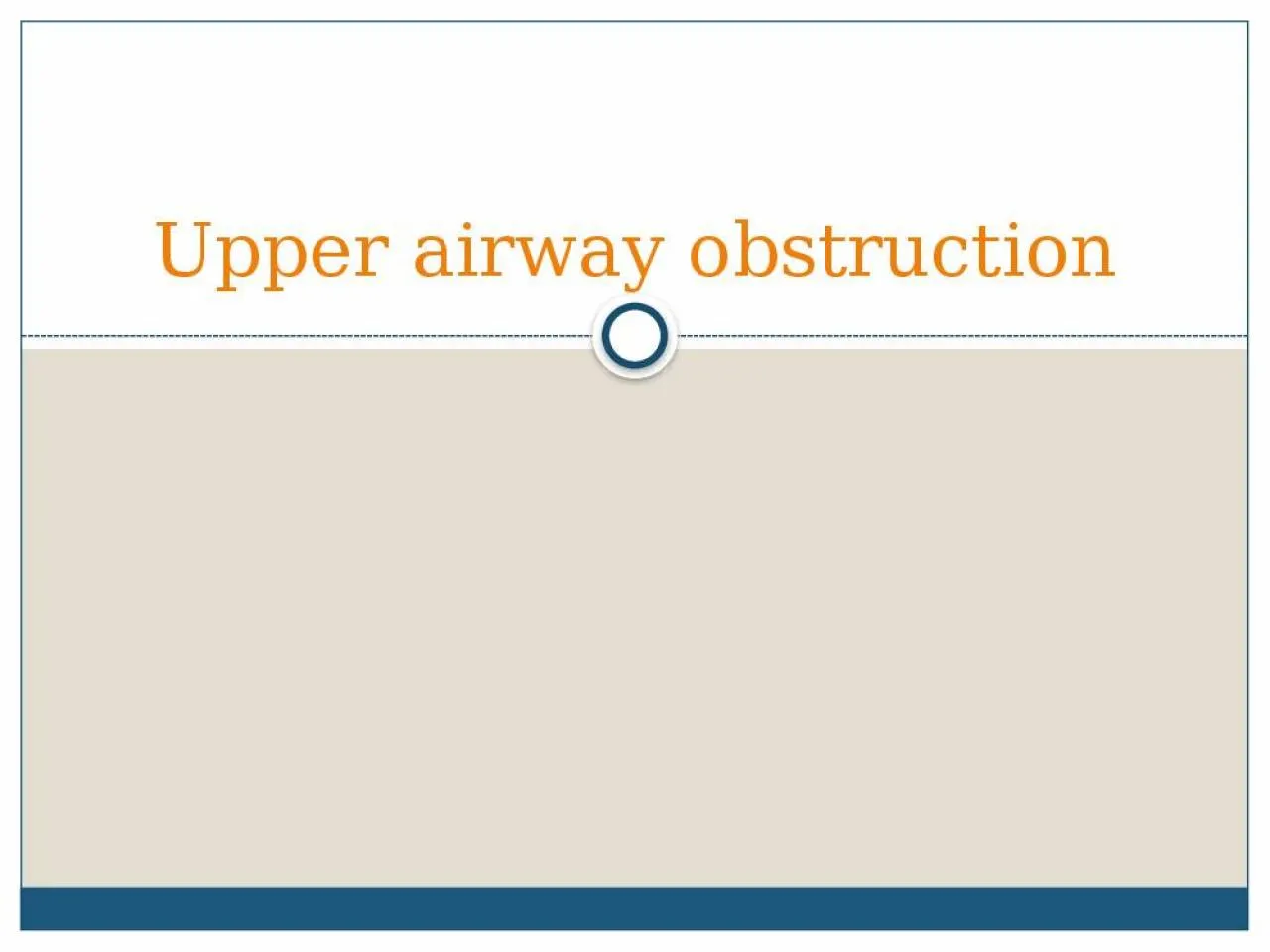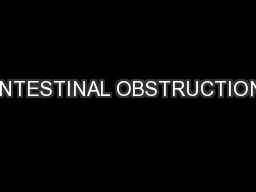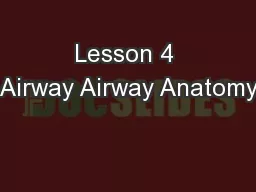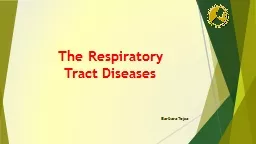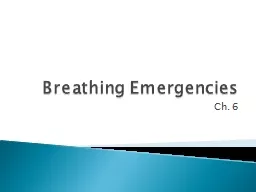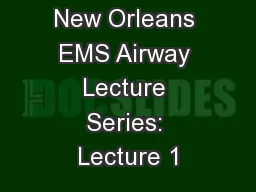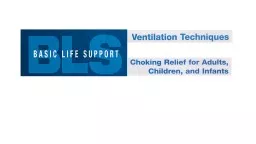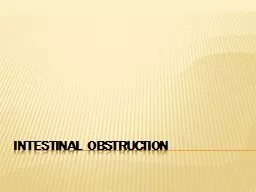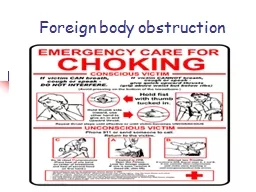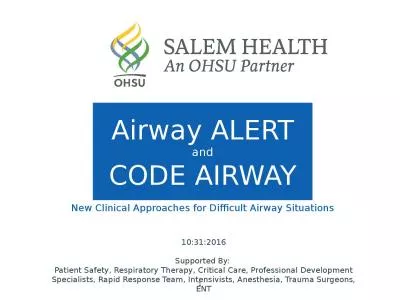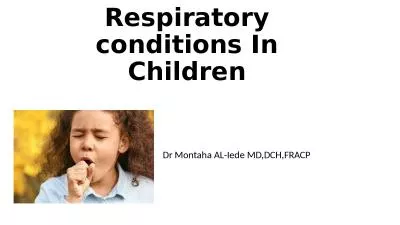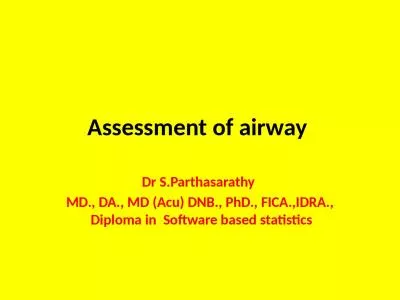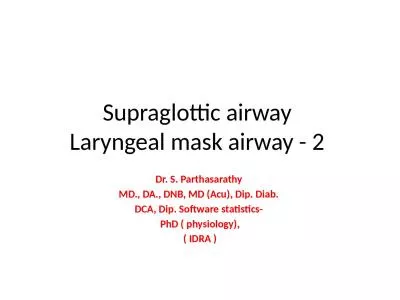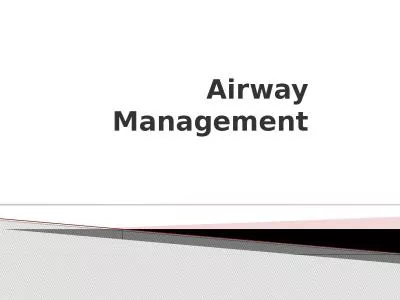PPT-Upper airway obstruction
Author : sadie | Published Date : 2022-02-12
It is one of the most serious emergency situation Early diagnosis and followed restoration of airflow is essential to prevent cardiac arrest or irreversible brain
Presentation Embed Code
Download Presentation
Download Presentation The PPT/PDF document "Upper airway obstruction" is the property of its rightful owner. Permission is granted to download and print the materials on this website for personal, non-commercial use only, and to display it on your personal computer provided you do not modify the materials and that you retain all copyright notices contained in the materials. By downloading content from our website, you accept the terms of this agreement.
Upper airway obstruction: Transcript
Download Rules Of Document
"Upper airway obstruction"The content belongs to its owner. You may download and print it for personal use, without modification, and keep all copyright notices. By downloading, you agree to these terms.
Related Documents

